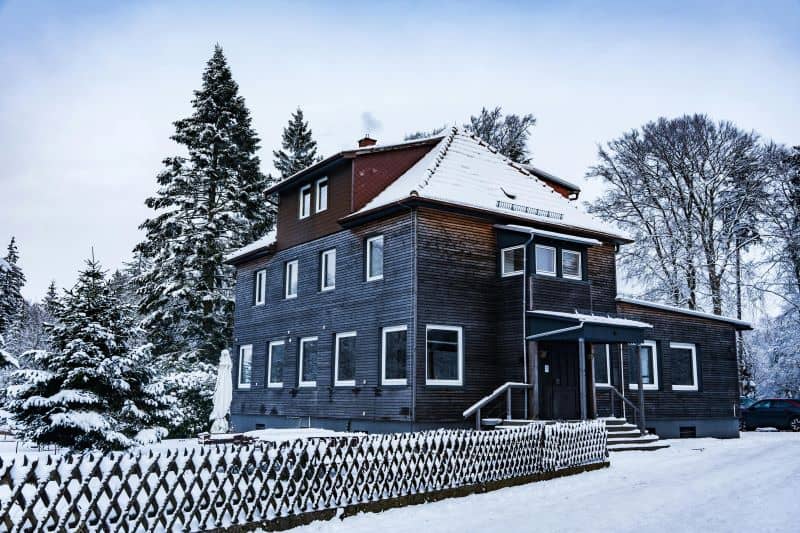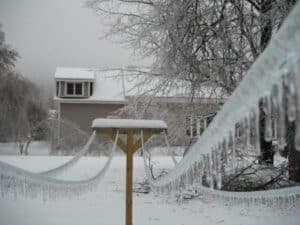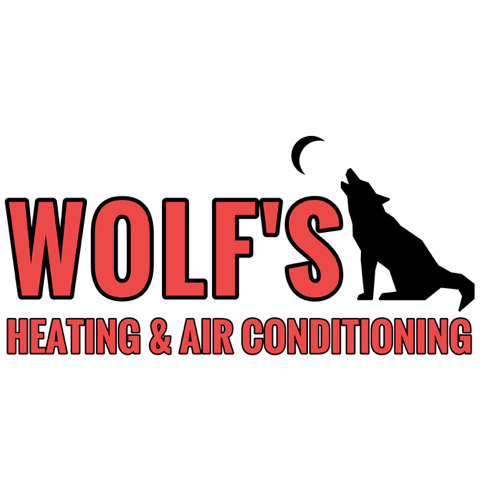
30 Dec Tips for Reducing Heating Costs During the Winter Months
Tips for Reducing Heating Costs During the Winter Months
Winter can be a beautiful season, but it also brings the challenge of high heating bills. As temperatures drop, many homeowners struggle with how to maintain a warm home without breaking the bank. Fortunately, there are several effective strategies you can implement to reduce your heating costs while staying cozy.
Whether you’re looking to improve insulation, optimize thermostat settings, or explore alternative heating methods, these tips will help you enjoy the winter months without worrying about skyrocketing energy bills.

Thermostat Management: Efficient Temperature Control
Proper thermostat management can make a huge difference in your heating costs. By setting your thermostat wisely and investing in modern, energy-efficient technology, you can control your home’s temperature without wasting energy.
Programmable Thermostats
A programmable thermostat is a smart investment for anyone looking to reduce heating costs. These devices allow you to set specific temperatures for different times of the day, ensuring your heating system only runs when it’s needed. For example, you can set the temperature to lower when you’re not at home or when you’re sleeping, and it will automatically return to a comfortable level when you’re awake or return home.
Optimal Thermostat Settings for Winter
During the winter, experts recommend setting your thermostat to 68°F (20°C) while you’re at home and awake. When you’re sleeping or away from home, you can lower it to around 60°F (15°C) to save on heating costs. Each degree you lower your thermostat can reduce your energy consumption by about 1%.
Using Smart Thermostats for Automatic Adjustments
Smart thermostats take things a step further by learning your schedule and adjusting the temperature accordingly. These devices can be controlled remotely through an app, which means you can adjust your home’s temperature even if you’re not there. This feature helps you avoid wasting energy when no one is home, and it can also provide insights into your energy usage.
Regular Maintenance to Keep Your Heating System Efficient
An inefficient heating system will drive up your energy bills. Regular maintenance is crucial for ensuring that your heating system operates at peak efficiency. Simple tasks, like changing the air filters and scheduling professional inspections, can help keep your system running smoothly.
The Importance of Furnace Cleaning and Maintenance
Over time, dust and dirt can build up in your furnace and vents, obstructing airflow and forcing the system to work harder. Scheduling regular furnace cleanings and inspections can improve efficiency, prolong the life of your system, and reduce the likelihood of costly breakdowns.
How a Clogged Filter Can Raise Energy Costs
A clogged air filter can make your furnace work harder to circulate warm air throughout your home. Replacing or cleaning filters every 1-3 months will help your system run efficiently and ensure you don’t waste energy.
The Role of Professional HVAC Inspections
Having your HVAC system inspected by a professional at least once a year is essential. A technician can check for any issues, such as duct leaks, faulty wiring, or inefficient components, and suggest repairs or upgrades. Taking these steps will ensure that your system operates at its best all winter long.

The Role of Windows in Energy Efficiency
Windows are another major source of heat loss in your home. Poorly insulated windows can allow drafts, leading to higher heating costs. By improving window insulation, you can reduce the amount of energy your heating system uses to maintain a comfortable temperature.
How Drafty Windows Increase Heating Costs
Drafty windows allow warm air to escape and cold air to enter your home, making your heating system work harder. If your windows are old or have gaps around the edges, they could be significantly increasing your heating costs.
Sealing Gaps and Using Window Coverings to Trap Heat
If replacing your windows is not an option, you can seal the gaps around your windows with caulk or weatherstripping. You can also use thermal curtains or blinds to trap heat inside and prevent drafts from entering.
Sealing Leaks in Your Home to Retain Heat
A well-sealed home is one of the best ways to reduce heating costs. Leaks around doors, windows, and other openings can cause warm air to escape, forcing your heating system to work harder. Sealing these leaks is an affordable and effective solution to prevent heat loss.
Identifying Common Leak Areas
Common leak areas include doors, windows, electrical outlets, and around pipes and ducts. You can often spot these leaks by feeling for drafts with your hand or by using a smoke pencil to see where air is escaping.
How to Use Sealant to Close Gaps Around Doors and Windows
You can easily seal leaks around doors and windows with weatherstripping or caulk. For larger gaps, consider using foam sealant or draft blockers. Even simple upgrades like adding door sweeps can drastically improve the energy efficiency of your home.
The Impact of a Well-Sealed Home on Energy Savings
Properly sealing your home can save you up to 10% on your annual heating costs. By preventing warm air from escaping, you’ll keep your home comfortable without wasting energy. Plus, sealing your home improves overall insulation, which helps keep cooling costs down in the summer.
Upgrade Your Heating System to Save Money
If your heating system is old or inefficient, upgrading to a newer model can result in significant energy savings. Modern heating systems are designed to use less energy while providing the same or even better performance.
Newer, More Efficient Heating Systems
Today’s furnaces and heat pumps are far more efficient than older models. If your heating system is more than 15 years old, it might be time to consider an upgrade. Newer systems use less fuel and energy to provide the same level of comfort, reducing heating costs over the long term.
When to Upgrade Your Furnace or Heat Pump
Signs that your furnace or heat pump might need replacing include frequent breakdowns, rising repair costs, or a sudden increase in energy bills. If your system is no longer performing efficiently, replacing it with a more energy-efficient model could be a worthwhile investment.
The Financial Benefits of Switching to Modern Systems
Although the initial cost of upgrading to a new heating system can be high, the savings you’ll see on your energy bills can make it worthwhile. Energy-efficient systems can cut heating costs by up to 30%, and many come with rebates or tax incentives to help offset the installation cost.
Energy-Efficient Practices for the Winter
Adopting energy-efficient habits can further reduce your heating costs. Simple lifestyle changes, like wearing warmer clothing indoors and using less energy-intensive appliances, can help you save money while staying comfortable.
Using Ceiling Fans in Reverse
Many people don’t realize that ceiling fans can be used in winter to help distribute warm air more evenly throughout your home. By running your ceiling fan in reverse, you can push warm air that gathers near the ceiling down into the living space. This can make your home feel warmer without increasing your thermostat setting.
Using Area Rugs and Carpets to Insulate Floors
If you have tile or hardwood floors, you might notice that they get cold in the winter. Adding area rugs or carpets can help insulate your floors and prevent heat from escaping. This simple fix can keep your home warmer and more comfortable.


Sorry, the comment form is closed at this time.